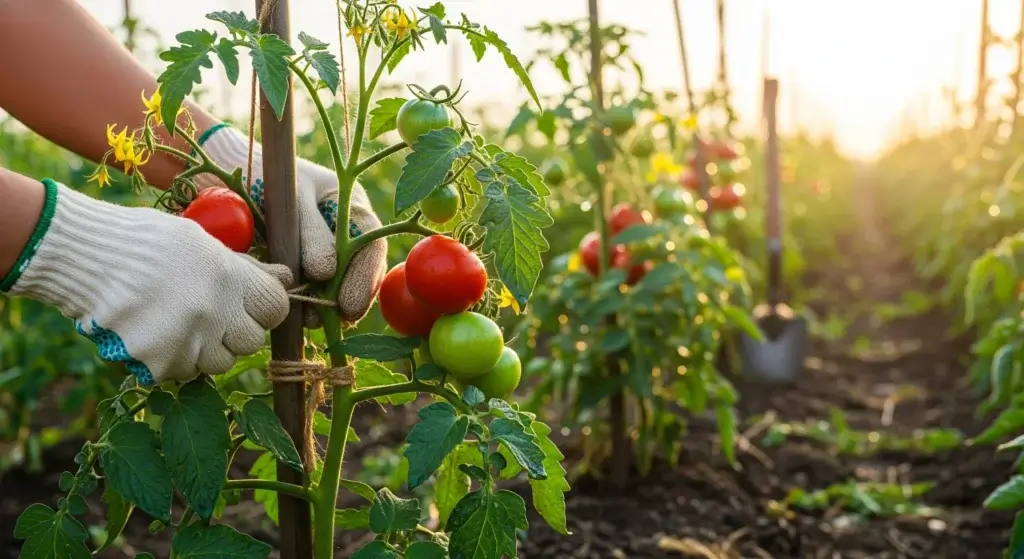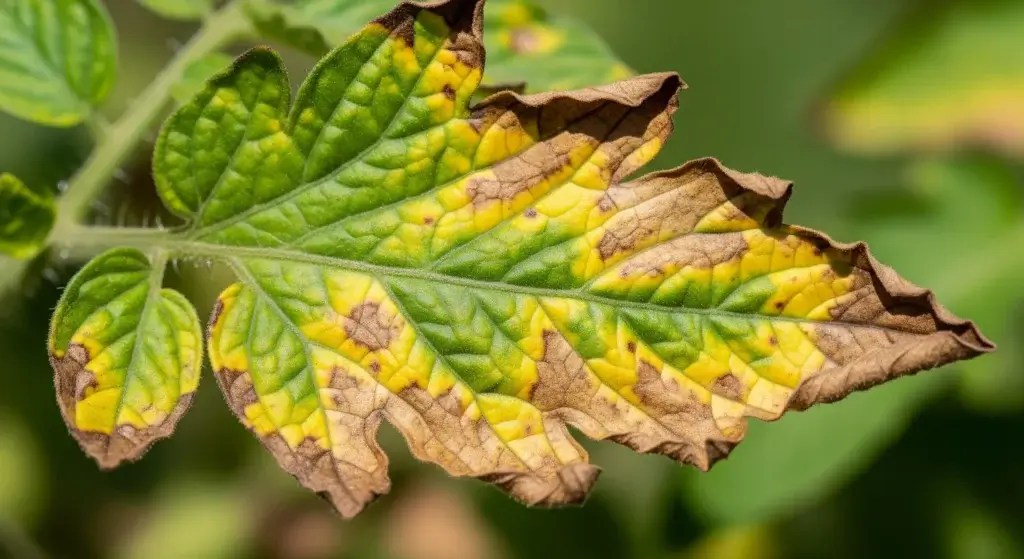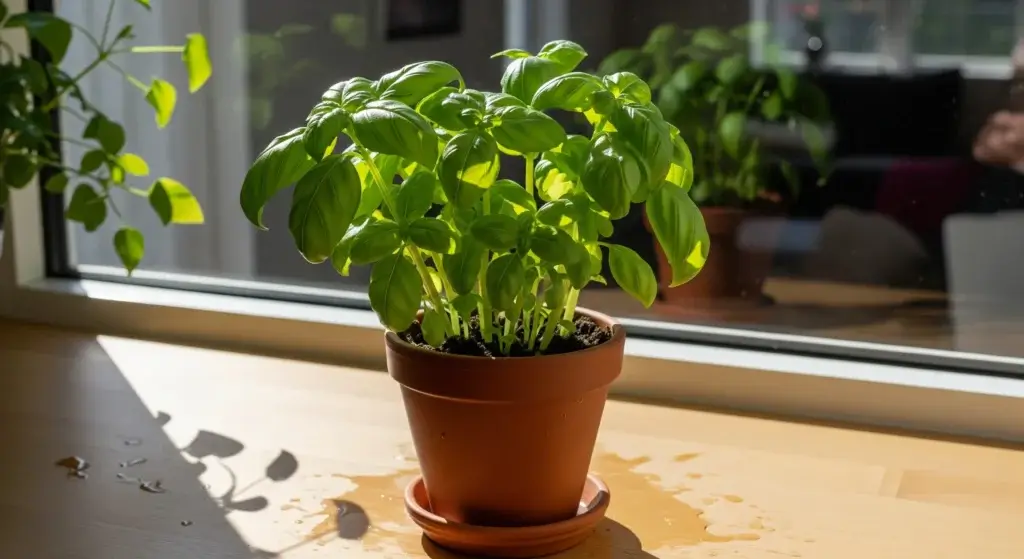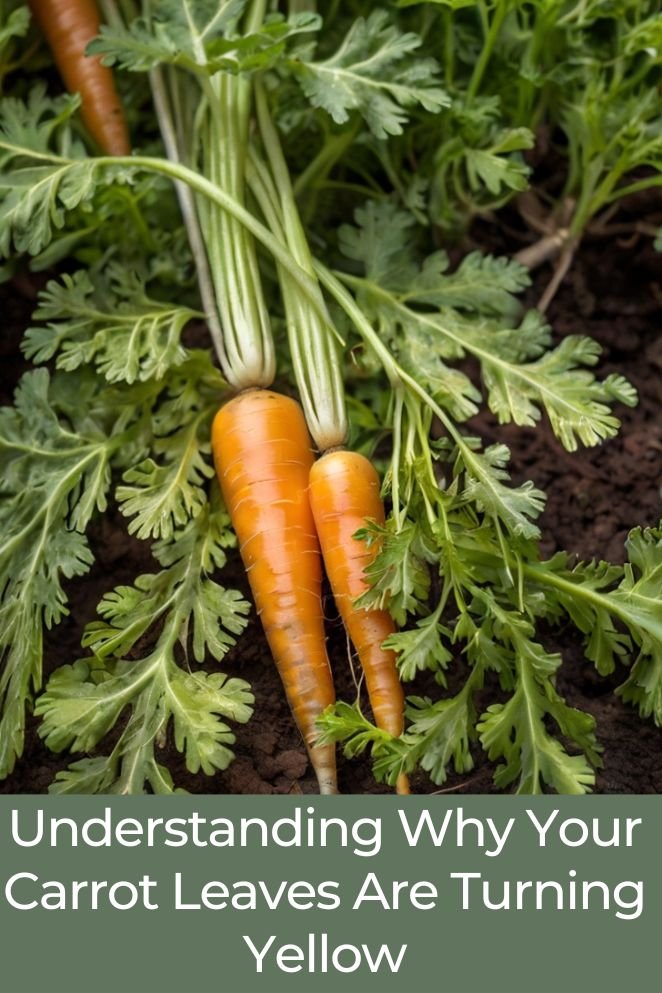
Carrots are a wonderful addition to any garden, offering both a nutritious vegetable and beautiful green foliage.
However, it can be concerning when those vibrant green leaves start to turn yellow.
Yellowing carrot leaves are not just a cosmetic issue; they can signal deeper problems in your garden.
The causes can range from nutrient deficiencies and watering habits to pest infestations.
Fortunately, there are ways to identify and address these issues.
In this article, we’ll explore the common reasons for yellowing carrot leaves, how to diagnose the problem, and effective solutions to help your garden thrive.
Potential Causes of Yellowing Carrot Leaves
Yellowing leaves are often a symptom rather than a standalone problem.
Here are the common causes:
Nutrient deficiencies
Carrots, like other vegetables, require specific nutrients for healthy growth.
Deficiencies in key nutrients such as nitrogen, potassium, and magnesium can lead to yellowing leaves:
- Nitrogen deficiency: When carrots lack nitrogen, the lower leaves usually start to turn yellow, eventually spreading to the whole plant.
- Potassium deficiency: Potassium-deficient carrot plants often have yellowing on the leaf edges, with weak and drooping leaves.
- Magnesium deficiency: Magnesium is necessary for photosynthesis. Without it, leaves can yellow between the veins, leading to a pattern called interveinal chlorosis.
According to a study in Horticultural Plant Journal (2019), nutrient deficiencies, especially nitrogen, are among the most common causes of yellowing in leafy vegetables.
- Read also: Carrot Fly Damage: Understanding the Problem and Solutions
- Read also: Carrot Cyst Nematodes: What Every Gardener Should Know
Watering issues
Carrots need a balanced amount of water to grow strong and healthy.
Both overwatering and underwatering can cause yellow leaves:
- Overwatering: Excess water can lead to root rot, which restricts nutrient uptake and can cause leaves to yellow.
- Underwatering: Without enough water, the plant may become dehydrated, leading to yellowing and wilting.
Ensuring a balanced watering schedule can prevent yellowing issues related to water stress.
Pests and diseases
Pests and diseases can also lead to yellowing leaves by feeding on the plant’s nutrients or causing infections:
- Aphids: These tiny insects feed on plant sap, weakening the plant and causing yellowing and curling leaves.
- Fungal diseases: Fungi such as Alternaria or Cercospora can infect carrot leaves, causing yellow or brown spots that spread over time.
- Root-knot nematodes: These microscopic pests attack carrot roots, preventing nutrient uptake and causing yellow, stunted growth.
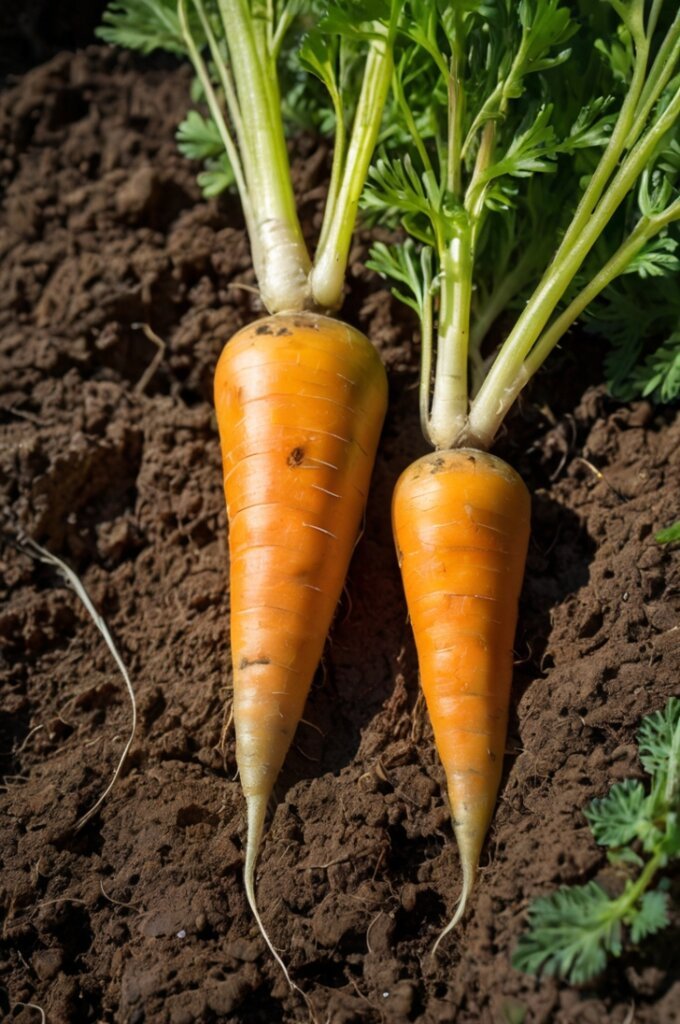
Diagnosing the Problem
Identifying the cause of yellowing carrot leaves is essential for treating the issue effectively.
Here are some simple ways to help you determine what might be going wrong:
Visual inspection
Start by looking closely at the yellowing leaves. The location and pattern of the yellowing can provide important clues:
- Tips or edges yellowing: If the tips or edges of the leaves are turning yellow, it may suggest a nutrient problem.
- Spots on leaves: If you see spots, it could indicate a fungal infection.
- Inspect both sides: Make sure to check both the top and bottom of the leaves. Pests like aphids often hide underneath, so a thorough inspection is necessary.
Soil testing
Testing your soil is another effective way to diagnose the issue.
Healthy carrots prefer slightly acidic to neutral soil, with a pH level between 6.0 and 7.0.
Soil tests can help you determine:
- Nutrient deficiencies: Low levels of nitrogen or potassium can contribute to yellowing leaves.
- pH imbalances: If your soil’s pH is outside the ideal range, it can affect nutrient availability.
If tests show deficiencies, consider adding organic fertilizers or compost to enrich the soil.
Checking for pests and diseases
Keep an eye out for pests or diseases that could be causing the yellowing:
- Signs of pests: Look for small yellow bugs, like aphids, or sticky residue on the leaves, which can indicate their presence.
- Root-knot nematodes: If you suspect nematodes (tiny worms that can damage roots), gently pull up a plant and examine the roots.
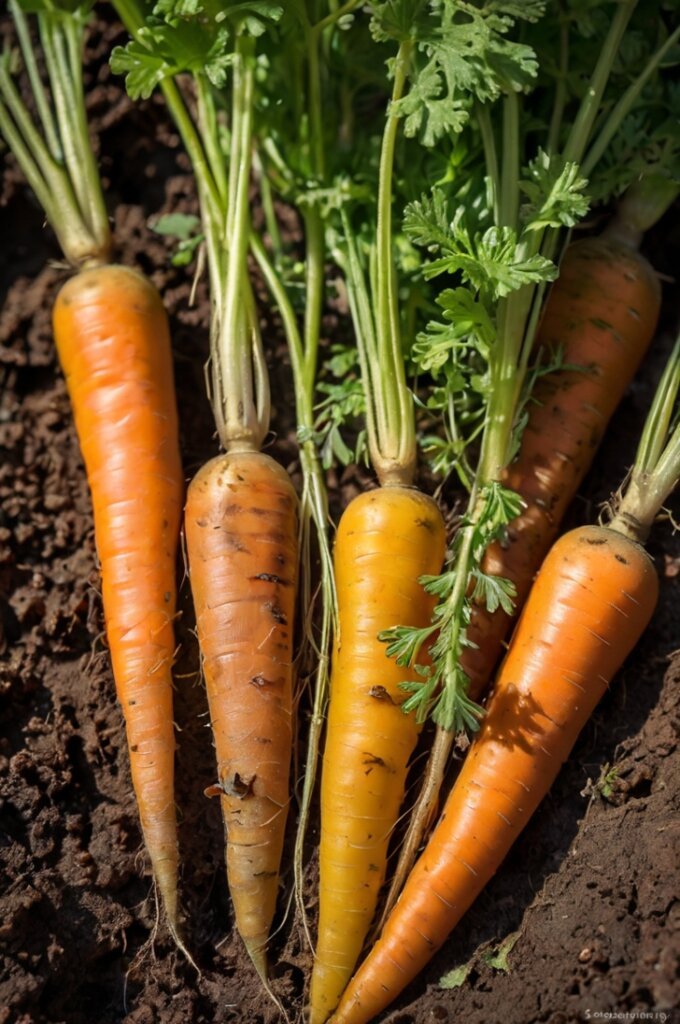
Prevention and treatment
Once you’ve diagnosed the issue, here are ways to treat and prevent yellowing in carrot leaves:
Address nutrient deficiencies
- Nitrogen: For nitrogen deficiency, use a balanced organic fertilizer or add compost to enrich the soil.
- Potassium: To boost potassium, apply wood ash or seaweed extract, which are rich sources of potassium.
- Magnesium: Epsom salt (magnesium sulfate) can help treat magnesium deficiency. Add 1 tablespoon of Epsom salt per gallon of water and spray the solution on the leaves.
Watering adjustments
To keep your carrot plants healthy, it’s important to maintain consistent moisture levels in the soil. Here are some tips to help you water effectively:
- Water consistently: Ensure the soil stays evenly moist, but not soggy. Carrots need regular watering to thrive, especially during dry spells.
- Avoid wetting the foliage: Try not to water directly on the leaves. Wet foliage can promote fungal diseases, which can harm your plants.
- Use mulch: Adding mulch around the base of your carrot plants can be very helpful. It helps retain moisture in the soil, especially in hot weather.
Pest and disease control
- Aphids: Spray the leaves with a mild solution of soapy water to remove aphids. Alternatively, use neem oil, a natural insecticide, to deter them.
- Fungal infections: Remove infected leaves immediately to prevent the spread of fungi. Consider applying a copper-based fungicide if the infection persists.
- Root-knot nematodes: Rotate crops each year to prevent nematode buildup in the soil. Growing cover crops like marigolds can also deter nematodes.
Stat: Studies show that crop rotation and biological controls can reduce nematode populations by up to 50%, according to Journal of Plant Pathology (2021).
Soil and garden maintenance
Practicing good garden hygiene by removing debris and dead plants helps minimize pest and disease risks.
Adding compost and organic matter regularly will improve soil health, making it more resilient to both pests and nutrient imbalances.
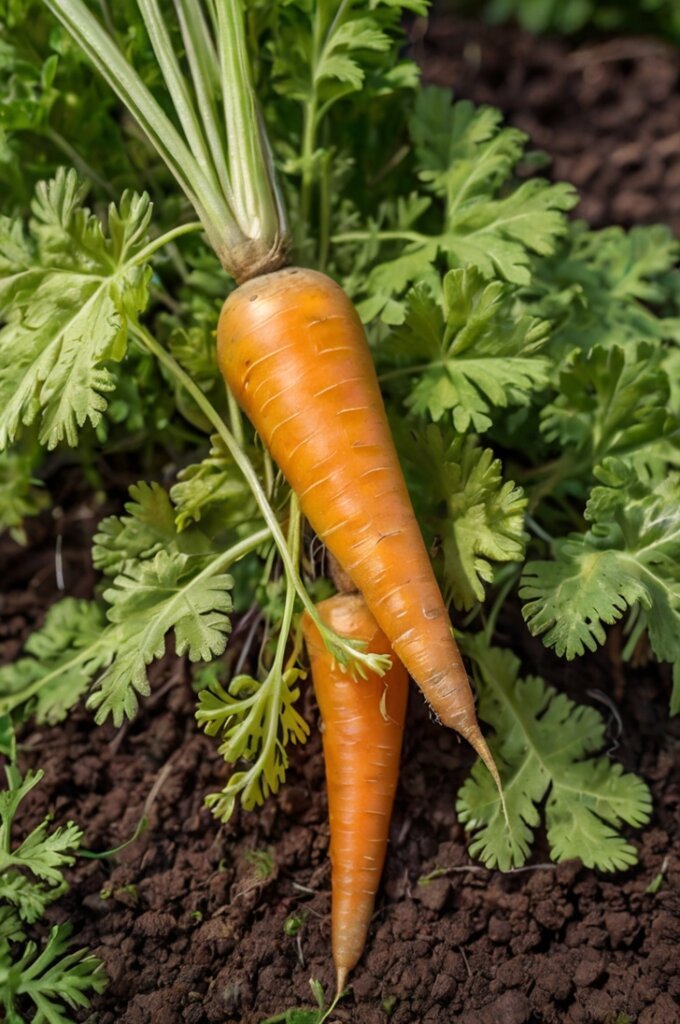
- Read also: Saving Your Harvest: Solutions for Yellow Leaves on Tomato Plants
- Read also: Eggplant Yellow Leaves: How to Diagnose and Fix the Problem
Final Thoughts
Yellowing carrot leaves can be frustrating, but it’s also an opportunity to become more attuned to your garden’s needs.
Whether caused by nutrient deficiencies, water stress, pests, or disease, yellowing is a signal that something isn’t quite right.
By diagnosing the issue and applying the appropriate treatments, you can revive your carrot plants and enjoy a successful harvest.
With a little patience and the right approach, your garden can thrive and stay lush and green.

